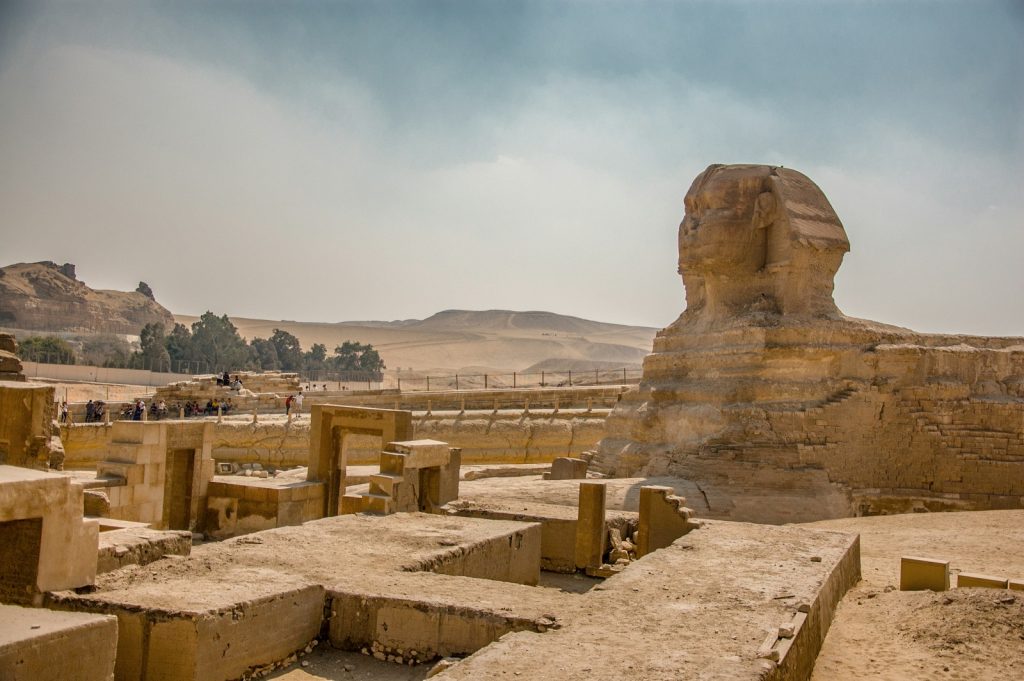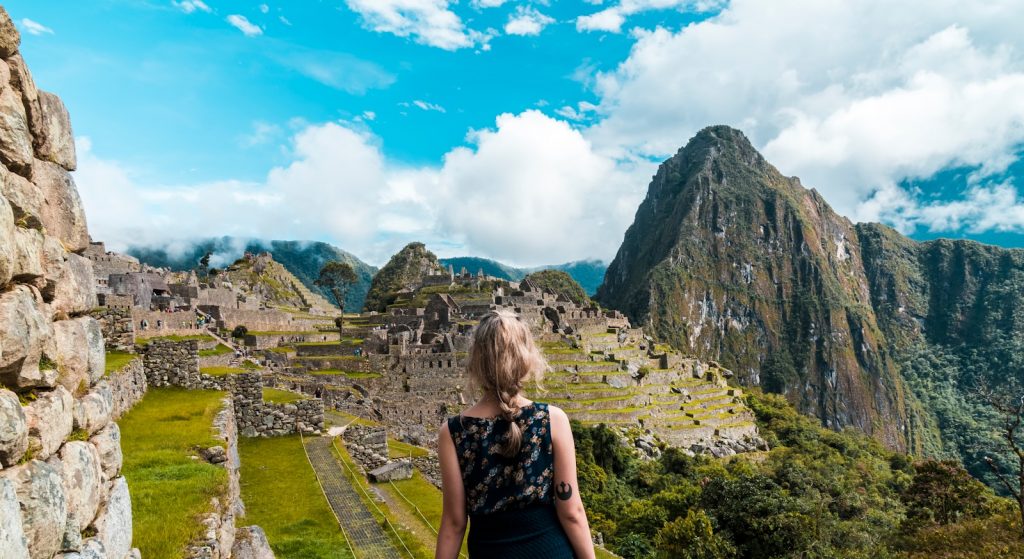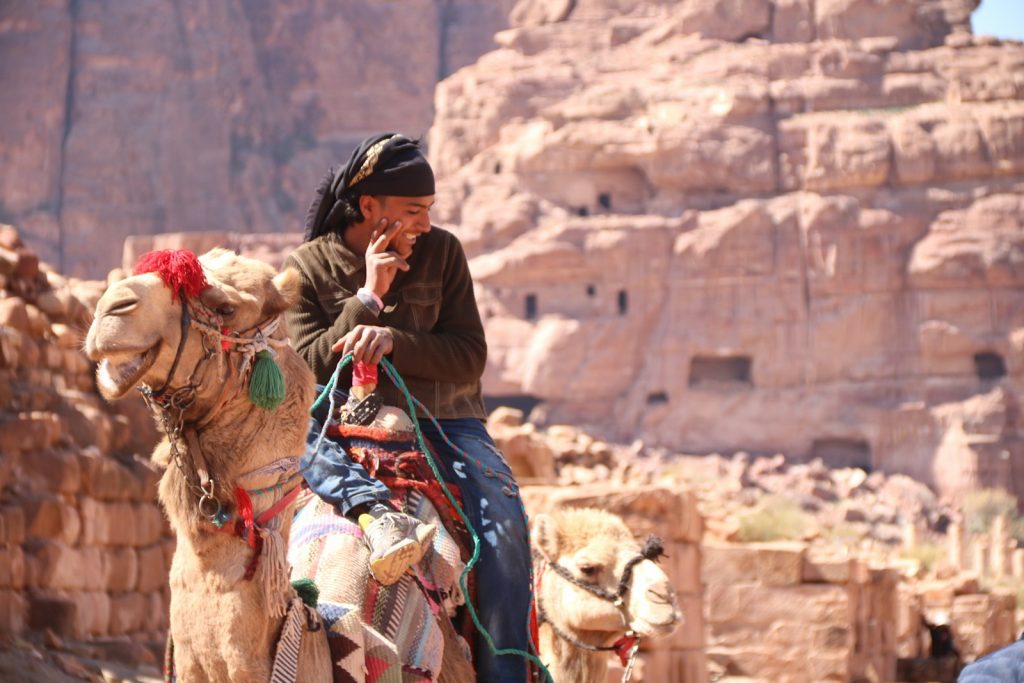Unveiling the Mysteries: Ancient ruins stand as timeless testaments to human civilization’s enduring legacy, offering glimpses into bygone eras and cultures long lost to the annals of time. These remnants of antiquity stir the imagination, inviting intrepid explorers to unravel their enigmatic tales. From the majestic pyramids of Egypt to the enigmatic temples of Angkor Wat, ancient ruins dot the global landscape, each bearing its own unique story waiting to be unearthed. In this article, we embark on a journey through time and space to explore some of the world’s most fascinating ancient ruins, delving into their history, significance, and enduring allure that continues to captivate adventurers and scholars alike.
1. The Pyramids of Giza: Icons of Ancient Egypt

No exploration of ancient ruins would be complete without a visit to the iconic Pyramids of Giza. Situated on the outskirts of Cairo, these colossal structures have stood for over 4,500 years, defying the ravages of time and embodying the ingenuity of the ancient Egyptians. Built as tombs for the pharaohs Khufu, Khafre, and Menkaure, the pyramids continue to mystify archaeologists with their precise construction techniques and astronomical alignment. Despite centuries of study, many questions remain unanswered, fueling speculation and intrigue surrounding these enduring monuments to the afterlife.
2. Machu Picchu: The Lost City of the Incas

Nestled high in the Andes Mountains of Peru, Machu Picchu remains one of the most breathtaking archaeological sites in the world. Dubbed the “Lost City of the Incas,” this ancient citadel lay hidden beneath dense vegetation for centuries until its rediscovery by Hiram Bingham in 1911. Believed to have been constructed in the 15th century at the height of the Inca Empire, Machu Picchu is renowned for its stunning panoramic views and sophisticated stone masonry. Yet the purpose of this enigmatic site remains a subject of debate among historians, with theories ranging from a royal estate to a spiritual retreat or even an astronomical observatory.
3. Angkor Wat: Jewel of the Khmer Empire
In the heart of Cambodia lies Angkor Wat, the largest religious monument in the world and a testament to the architectural prowess of the Khmer Empire. Constructed in the 12th century by King Suryavarman II, this sprawling temple complex served as the capital of the Khmer Empire before being abandoned and reclaimed by the jungle. Today, Angkor Wat stands as a symbol of Cambodia’s cultural heritage, drawing visitors from around the globe to marvel at its intricate bas-reliefs, towering spires, and serene reflecting pools. Despite its popularity, much of Angkor Wat’s history remains shrouded in mystery, adding to its allure as one of the world’s most captivating ancient ruins.
4. Petra: The Rose Red City

Carved into the sandstone cliffs of southern Jordan, Petra is a marvel of ancient engineering and urban planning. Known as the “Rose Red City” for the vibrant hues of its rock-cut facades, Petra was once the capital of the Nabatean Kingdom, flourishing as a center of trade and commerce along the ancient caravan routes.
Accessible only through a narrow gorge known as the Siq, Petra’s most famous structure is the Treasury, whose intricate facade has graced the silver screen in films such as “Indiana Jones and the Last Crusade.” Yet, beyond the iconic Treasury lie countless tombs, temples, and dwellings waiting to be explored, offering a glimpse into the daily lives of the Nabateans and the rich tapestry of cultures that once converged at this ancient crossroads.
5. Chichen Itza: Legacy of the Maya
In the lush jungles of Mexico’s Yucatán Peninsula, Chichen Itza stands as a testament to the architectural and astronomical achievements of the ancient Maya civilization. Built over a span of centuries, this sprawling archaeological site boasts iconic structures such as the Pyramid of Kukulcan, whose intricate design aligns with the movements of the sun during the equinoxes, casting shadows that resemble a serpent descending the pyramid’s steps. Beyond its astronomical significance, Chichen Itza served as a political and religious center, with its temples and ball courts offering insights into Maya society and beliefs. Today, Chichen Itza remains a UNESCO World Heritage Site and a pilgrimage destination for travelers seeking to unravel the mysteries of the Maya civilization.
Unveiling the Mysteries
In Conclusion, Ancient ruins offer more than just glimpses into the past; they serve as windows into the collective human experience, connecting us to the aspirations, triumphs, and struggles of those who came before. Whether standing in awe before the pyramids of Egypt, wandering the stone corridors of Machu Picchu, or marveling at the intricacies of Angkor Wat, each ancient ruin has a story to tell, waiting to be discovered by those willing to embark on the journey of exploration. As we continue to uncover the secrets of our shared heritage, may these ancient ruins inspire us to preserve and protect the wonders of the past for generations to come.






